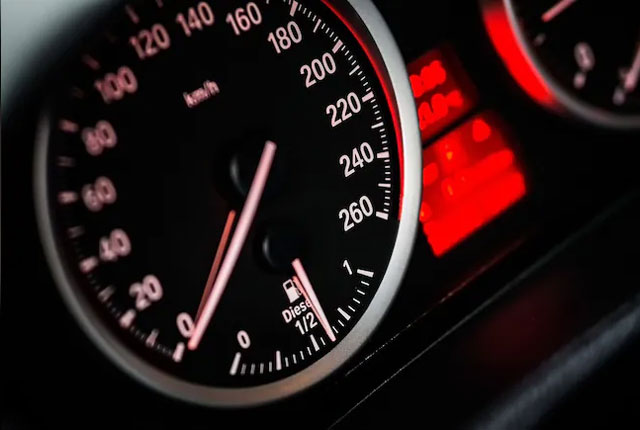Daijiworld Media Network - Ohio
Ohio, Aug 18: For years, 85-year-old Rose Hammond urged officials to cut the 55 mph speed limit on Mitchaw Road — a busy stretch that runs past her assisted living community, two schools, a church and a park. “What are you waiting for, somebody to get killed?” she asked, frustrated by speeding motorcycles racing past daily.
But when county engineers finally studied the road this year, the result shocked residents: the posted speed is technically 5 mph too low. That’s because of the long-standing “85% rule,” a method born in the 1930s and ’40s that still guides US speed limits. It says the limit should reflect the speed at or below which 85% of drivers travel freely.

Critics argue the formula fuels a dangerous cycle — drivers go faster, and limits keep climbing. “It creates this feedback loop,” said Jenny O’Connell of the National Association of City Transportation Officials. Her group backs “City Limits,” an alternative that factors in pedestrians, cyclists and crash risks.
The Federal Highway Administration recently updated its guidelines, noting that speed limits should also reflect road use and safety risks — a signal that states should rethink blind reliance on the 85% rule. Some cities, like Madison, Wisconsin, and Seattle, have already lowered residential limits, citing fewer crashes.
Still, many engineers and motorists defend the old rule, saying it minimises speed variation and reflects how roads are designed. “It doesn’t really matter what number you put on a sign,” argued Jay Beeber of the National Motorists Association.
Ohio law still caps speed limits by road type, but it has begun considering context-based adjustments. For Hammond, who has spent years pleading for safety, patience is wearing thin. “I just get so discouraged,” she said.